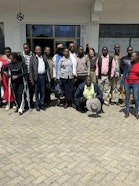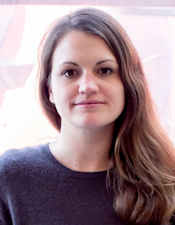A deep dive into the key objectives driving the PES project
Project Update
Publish date: June 2, 2025

Monitoring Multi-Dimensional Impacts of Payment for Ecosystem Service Projects
Monitoring Multi-Dimensional Impacts of Payment for Ecosystem Service ProjectsA deep dive into the key objectives driving the PES project
Project Update
Monitoring Multi-Dimensional Impacts of Payment for Ecosystem Service Projects
Monitoring Multi-Dimensional Impacts of Payment for Ecosystem Service ProjectsPublish date: June 2, 2025
Robust monitoring, reporting, and verification (MRV) tools are essential for assessing both the environmental and social impacts of these initiatives. Their credibility can determine whether such projects are recognized as legitimate or not. Hence, transparent and rigorous MRV systems determine the credibility and acceptance of PES and carbon projects.
The PES project explores the feasibility of a new MRV framework that is more integrative and transparent than existing models. Unlike many conventional approaches that focus primarily on carbon sequestration or general land use change, our framework incorporates biodiversity and social impact monitoring, ensuring a multi-dimensional assessment of PES initiatives. In doing so, we aim to improve the understanding of the complex socio-ecological systems at intervention sites.
Key objectives include:
Developing and testing a photogrammetry-based monitoring methodology for tracking environmental indicators such as landscape changes, biodiversity, and carbon accounting
(b) developing a standardized indicator rooted in PES interventions’ theories of change to measure social impact
Creating a scalable public engagement tool incorporating the measurement and monitoring data.
By improving assessment methods, the framework seeks to support better management of interventions, maximizing co-benefits for nature and people.
The repeated exchange, collaboration, and consultation with local communities and community organizations is paramount. The project also involves external partners from the private and public sectors, as well as PES and nature-based carbon project developers in Kenya and Peru. Moreover, the research project is characterized by strong cross-collaboration inside the Wyss Academy—not only across research teams and the Hub East Africa and South America teams, but also involving the Digital Transformation, and Learning, Monitoring, and Evaluation teams.
Key Milestones so far:
October 2024: Stakeholder engagement meetings with community conservancies of Naibunga, Oldonyiro, Maiyanat, and Shulmai (EAF) to get consent to collect the aerial images for the MRV tool
March 2025: aerial survey conducted
Team
- Project contactProject contact
Dr. Dominique Schmid
Postdoctoral Researcher
